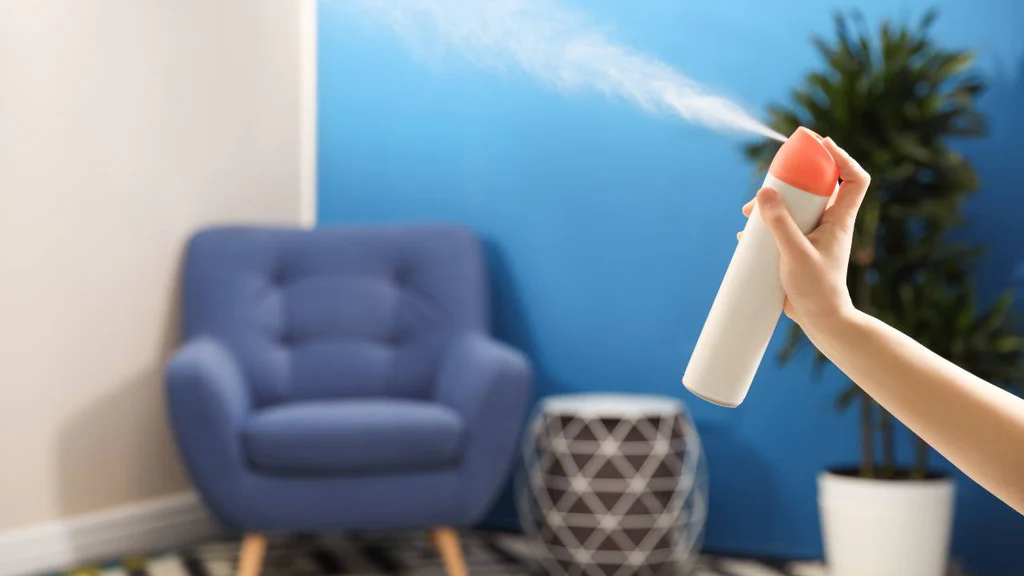The Unseen Toxins: Did you know that the average air freshener contains over a dozen potentially harmful chemicals? From phthalates to volatile organic compounds (VOCs), these ingredients have been linked to various health issues, including respiratory problems and allergic reactions.
An analysis done by the Natural Resources Defense Council (NRDC) of more than a dozen common household air fresheners found that most contain chemicals that may affect hormones and reproductive development, particularly in babies. Many air fresheners tested contained phthalates, known for their disruptive effects on hormonal balance. These synthetic compounds can linger in the air long after the fragrance fades, posing a continuous threat to our health.
Let’s try to understand these harmful chemicals.
Volatile Organic Compounds (VOCs): VOCs are chemicals commonly found in air fresheners and are responsible for that instant burst of fragrance. However, many VOCs are known to have adverse health effects. They can irritate the eyes, nose, and throat, trigger headaches, exacerbate asthma symptoms, and even cause long-term damage to the liver, kidney, and central nervous system.
Benzene and formaldehyde: Benzene and formaldehyde are particularly concerning chemicals in air fresheners. Benzene is classified as a carcinogen by the World Health Organization (WHO), meaning it has the potential to cause cancer with prolonged exposure. Formaldehyde is a known respiratory irritant and has been linked to an increased risk of asthma and allergies. Both of these chemicals can also contribute to indoor air pollution, posing serious health risks to occupants.
Phthalates: Phthalates are a group of chemicals used to soften and increase the flexibility of plastics. They are often found in scented air fresheners to help the fragrance linger longer. However, phthalates have been linked to hormonal disruptions, reproductive problems, and developmental issues, particularly in children.
A Trigger for Respiratory Ailments
For individuals with respiratory conditions like asthma, the use of conventional air fresheners can be particularly hazardous. Research indicates that exposure to VOCs emitted by these products can exacerbate asthma symptoms and increase the risk of respiratory distress.
Protecting Your Health: With the growing awareness of the harmful effects of air fresheners, many people are turning to safer alternatives to keep their indoor air clean and fresh. Natural alternatives like essential oils, beeswax candles, and homemade air freshener sprays offer pleasant scents without the harmful chemicals found in commercial air fresheners.
In addition to avoiding air fresheners altogether, improving indoor air quality can also help mitigate the risks associated with exposure to harmful chemicals. Simple steps like opening windows for ventilation, using air purifiers, and regularly cleaning and dusting can go a long way in reducing indoor air pollution.
Conclusion: While air fresheners may seem like harmless household products, the truth is they can pose serious risks to our health. The chemicals found in air fresheners have been linked to a range of health problems, from respiratory irritation to cancer. By opting for safer alternatives and taking steps to improve indoor air quality, we can protect ourselves and our loved ones from the hidden dangers lurking in the air fresheners we use every day. Let's prioritize our health and well-being by making informed choices about the products we bring into our homes and workplaces.

